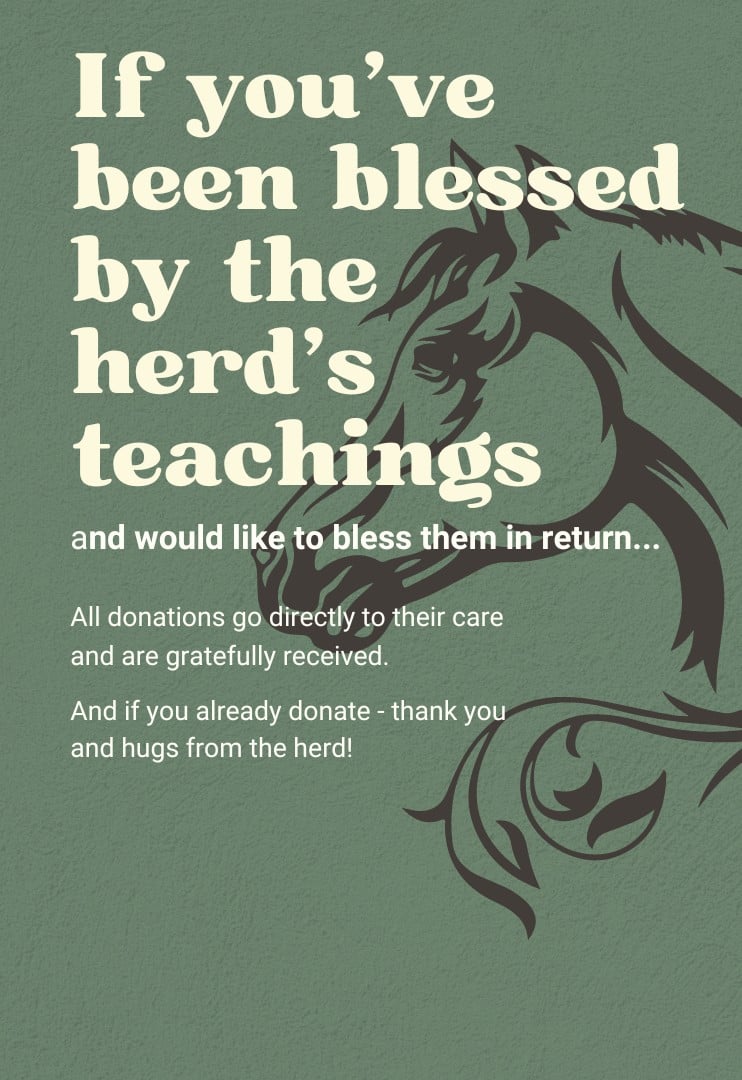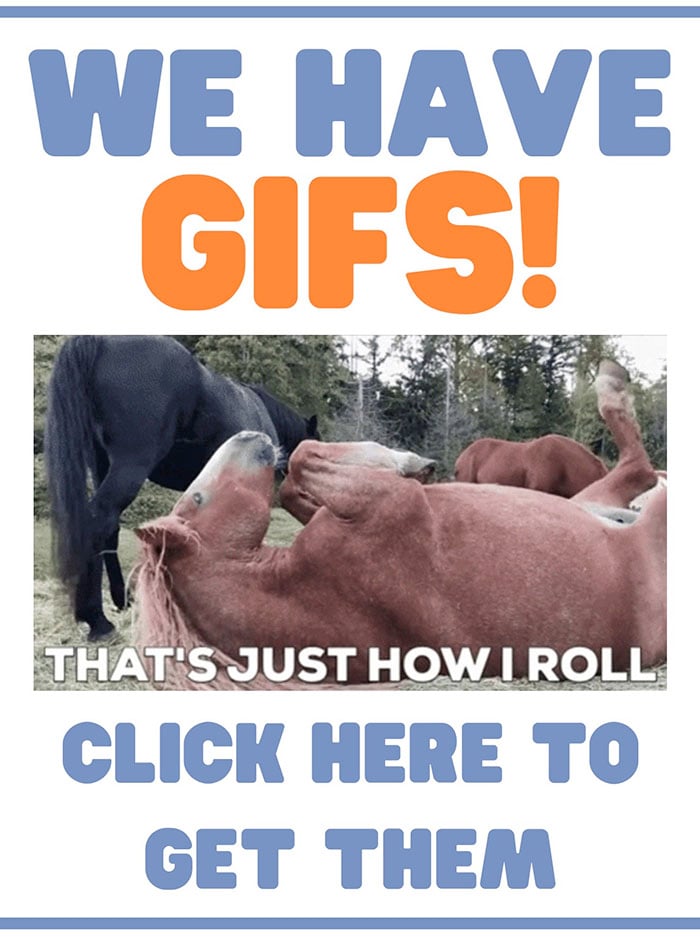Join me for another Livestream from the Singing Horse Ranch where I show you how we feed out hay to support soil development, increase the soil microbiome and promote the mycorrhizal network.
Which means better forage growth and less ‘weeds’!
A good book on this topic – although written for cattle – is KICK THE HAY HABIT. One of the most important things Jim writes in the book is to not expect to be able to go hay-free right away!
He advises people to have enough hay in reserve for several years, until you’ve experienced all the elements that can affect winter foraging. And of course, until you’ve developed or tested whether your land can support winter foraging for the number of grazing animals you have.
Equine Regenerative Farming – Building Soil
If you’re just getting into the whole soil improvement topic, then I strongly recommend DIRT TO SOIL: One Family’s Journey Into Regenerative Agriculture – an easy read and Gabe’s story is just amazing. The divine sure got the message through to him loud and clear!
At any rate, an easy way to get started on this journey is just to follow the method I show you in this video. No pressure, easy to do, and your land will thank you!
I always make sure I have enough hay in the barn for the worst kind of year. Then if I have enough left over for next year, great! Especially since we’re down a logging road and getting any kind of truck or trailer up there in winter would be dicey, if not impossible.
If you have some tips or methods to share on this topic – don’t be shy! Just post them in the Comments section below…

Jini Patel Thompson is a natural health writer and Lazer Tapping instructor. She began riding at age 2 in Kenya, and got her first horse at age 8 in Alberta, and so continues a life-long journey and love affair with these amazing creatures.








Jini, this was very inspiring! I’ve heard about doing this for years, but I always thought I just can’t afford to buy so much extra hay. But did you say you only feed 15 – 20% more than in feeders? It’s exciting to think that I could potentially grow enough forage for winter grazing! Then the investment is more worthwhile. I don’t need more forage in summer, particularly. I wonder if that works here in Maryland. Mine don’t really eat winter killed (bleached) grass now. Is there some magic to growing it out thicker that makes it good in winter? I also have sheep and horses, and was thinking of letting them eat together if I try this. They sometimes Grace together in summer. Sounds like that worked great for you until the coyotes. One issue I have is that we’ve had a couple of dry summers, such that there’s been a shortage of second (or third) cutting hay, which is what I feed. Is that what you feed also? I’m wondering if rolling bales out and letting the flower stems become fertilizer while the animals pick out the good grass might allow me to feed first cutting hay, which is lots more plentiful. Thank you for all your sharing!
Hi Leah – so sorry for the delayed reply, somehow the comments on this post went to the spam box and I just found them there.
Okay, so first thing: I always feed 1st cut hay. I prefer it because the stalks tend to be thicker/coarser, which means the horses grind their own teeth so I don’t have to do it for them! I feed my sheep the same hay. The only issue with the sheep is if there’s alfalfa in there and I’ve confined them to their 1/4 acre arena. Then they get super fat because they’re not getting any exercise.
Otherwise, yes, I do have the sheep out with the horses and they now forage, graze and eat hay together. The horses help keep them safe from predators too. It took a while for the horses to figure out their relationship, but now they’re very compatible.
And yes, they only ‘waste’ about 15-20% of the hay, versus a slowfeeder. But that ‘wastage’ combined with their manure and urine, then grows much better forage in the spring/summer – especially after a few years of doing this. So you get it all back in the summer, and whatever the horses don’t eat in summer, gets saved for winter.
The easiest way to save GOOD forage for them for winter, is to close off a field or two and don’t let them in there all summer. Just let it grow up undisturbed. I do this with about 5 acres total and that usually provides them with 3-4 weeks of forage when winter starts. So I don’t need to hay feed for the first month. Then of course, as they’re eating it down, they’re pooping and peeing, so when I close it off again in May, its got nice fertilizer to grow well for next Nov/Dec forage.
Hope that helps! And if you remember, please post back here next year, let us know what you did, and how it worked! xo
Great video Jini, thanks for sharing. We also roll out hay to improve the soil and completely agree with you regarding ‘weeds’ growing where soil improvement and mineral content is needed. It’s lovely to watch your set up and have the like minded support. How do you film everything? Do you have cctv around the place? I think I remember you saying this was the case on a previous vid. Would love to know your recommendations for viewing over large areas of land. Thanks for all you do to promote horses living wild and free <3
Thanks Jacqui! And this footage was filmed using my security cameras. Someone else also asked for details on my set up, so I will definitely get that done now that I’m back. Home sweet home! But yes, I’ve got 2 of these Reolink cameras set up that I can view at anytime, anywhere in the world. The cameras are HD with a 16x zoom, so I can view a horse’s eyeball if I want/need to.
The horses (or Mama Sage – lead sheep) will tell me ‘turn on the camera’ so I’ll launch the app on my phone and they’ll show me what they need me to know. Then I’ll text my caretaker with instructions or information. You can also record with sound, or turn on the speaker so you can talk to someone near the camera – or yell at them LOL. Took me quite a lot of research and testing different cameras to figure it out, but well worth it! Mine are also hardwired to ethernet cables (avoids WiFi) so that’s a bit more complicated – but I will show all in the video I make for y’all. xo